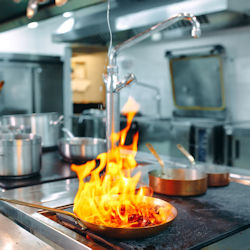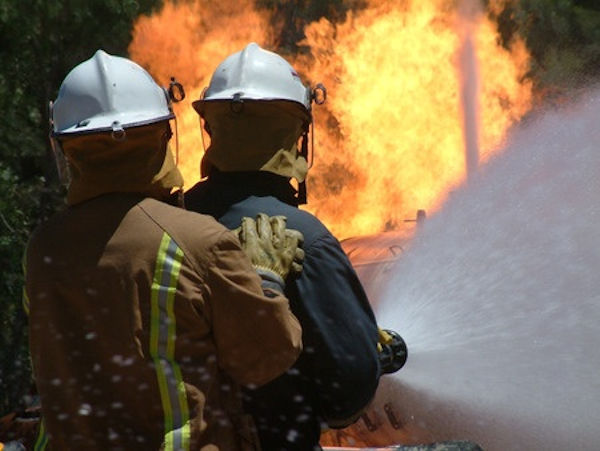Controlled and Uncontrolled Releases
Controlled Releases
It's important to remember that OSHA standard 1910.1200, Hazard Communication Standard (HCS), only covers response to incidental hazardous substance spills that:

- Are controllable
- Are limited in quantity, exposure potential and toxicity
- Present only minor safety and health hazards to the immediate work area
- Can be easily cleaned up by employees
- Do not have the potential for becoming an emergency
Training for responding to incidental spills is covered under the Hazard Communication Standard (HCS) and includes spill cleanup procedures and the use of appropriate PPE.
Uncontrolled Releases

An uncontrolled release is the release of a hazardous substance from its container. If not contained, stopped, and removed, the release would pose a hazard to the employees in the immediate area or in areas in the path of the release, or from its by-products or its effect (such as toxic vapors, fire, over-pressurization, toxic gases, or toxic particulate).
If there is an uncontrollable release of hazardous substances, OSHA Standard 1910.120, Hazardous waste operations and emergency response (HAZWOPER), and its training requirements will apply. Training required for emergency response workers is quite different than that required for hazardous waste site workers. See OSHA's Emergency Preparedness and Response page.
Knowledge Check Choose the best answer for the question.
5-8. The Hazard Communications Standard covers response to incidental spills that _____.
You forgot to answer the question!
